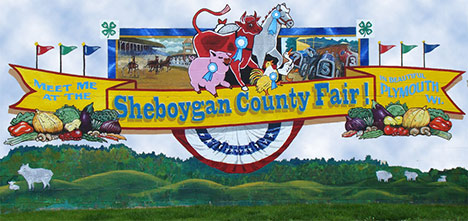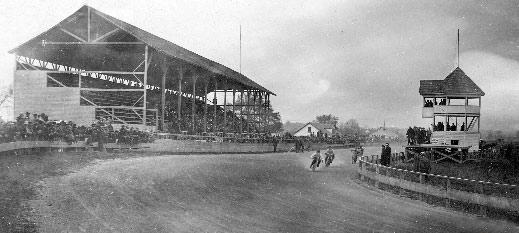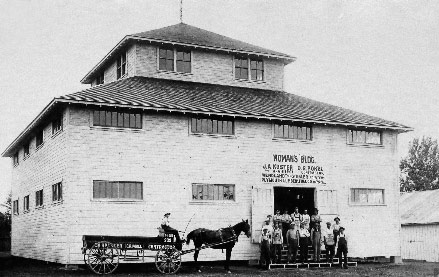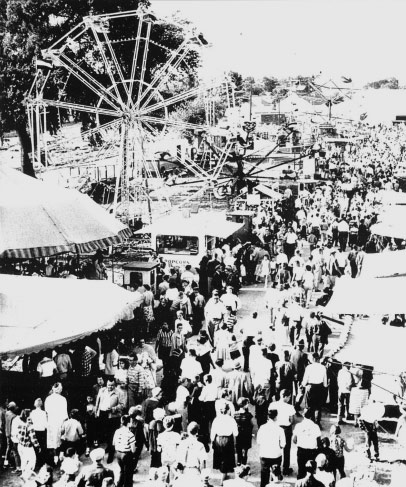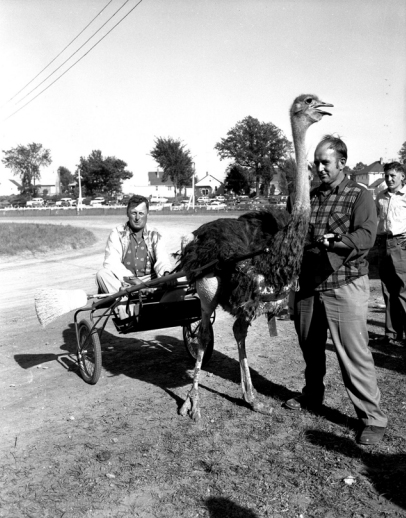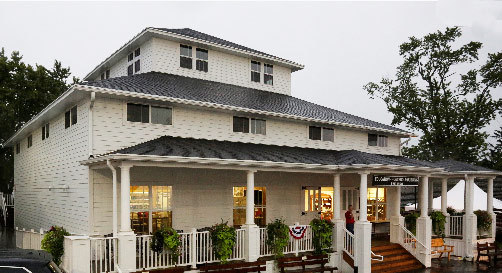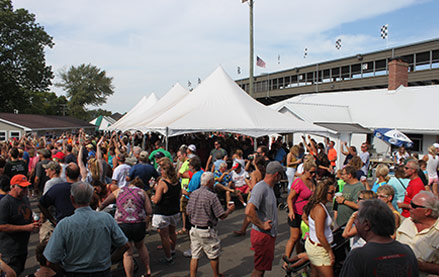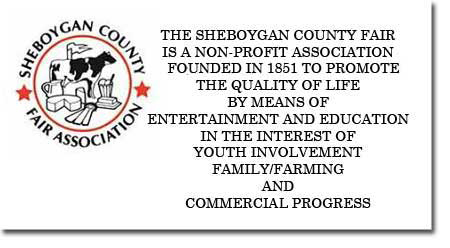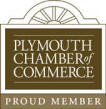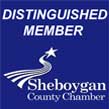Sheboygan County Fair - Where it all started
Every Labor Day weekend, the Sheboygan County Fair creates memories for those who attend. The five day event marking its 174th year in 2025, brings farm animals and families, along with music, carnival rides and great food to the people of the county and surrounding areas. The Sheboygan County Agricultural Society held the first annual fair in Sheboygan Falls on the hill behind the Free Hall, located on Madison Street. The agricultural displays were housed on land in the Cole Historic District; the barn used at the time is now part of two houses on the corner of Adams and Michigan Streets in Sheboygan Falls directly behind the old Thorpe Hotel (The old Richards Supper Club/ Sopetto Lanes). In 1852, the second fair was held at Plymouth and was notable from the fact that Henry Tidman, of Sheboygan Falls, exhibited two merino rams, the first fine wool sheep in the county. In 1853 Sheboygan hosted the event. Beginning in 1854, Sheboygan Falls was again home to the event. The 1857 fair was considered the first permanent location as the grounds were improved and buildings were constructed. This location was a plot on the west side of town, a part of the property of Benjamin E. Sanford, a prominent Sheboygan Falls manufacturer and horseracing aficionado.Sanford’s land was located on the south side of the road near the old Point Drive In. A native of England, Sanford came to Sheboygan Falls to join the Phoenix Iron Works. In the May 14, 1870 issue of the Evergreen Times, the following item appeared: "B.E. Sanford is clearing the ground preparatory to making a track for horse racing on the flat west of his house. When it is finished, we expect his splendid span of blacks will be ready to challenge the county and perhaps the state."Not to be outdone, Sheboygan held its first Annual Sheboygan Driving Park and Exposition in 1888 at Driving Park on the north west side of town. This marked the beginning of a competition between Falls and Sheboygan, which included duplicate fairs through 1890. From 1891 until 1895, the fair was back in Sheboygan. However, dissension between the Sheboygan Driving Park and the County Agricultural Society resulted in no fair being held in 1896.The Sheboygan County Fair Association held its first meeting on October 10, 1896 and in 1897 When the Sheboygan County Agricultural Assoc. was formed it took out a ten year lease on 23 acres of land just east of Plymouth. This became the true home of the fair. The grounds were improved and buildings constructed. Plymouth seemed to be the perfect and logical location. The centralized location on Fairview Drive led to the success of the fair, as merchants from all over the county traveled to set up displays and hawk their goods. Farm exhibitors showed keen interest by entering more animals and bigger vegetables each year, Early fair events included a beautiful baby contest, fortune telling gypsies, wheelbarrow races and greased pig contests. In 1899 admission was 25 cents and ads proclaimed that fairgoers would be entitled to see a circus, good races and fine exhibits. A half mile race track was completed in July, 1897 and to mark the occasion a harness race was scheduled for the last Saturday of the month– the beginning of racing of all kinds in Plymouth. There were also bicycle races and foot races that day. First prize for the horse race was $25, but the foot race winner received only an umbrella, generating complaints from the sprinters.
In 1900, Plymouth almost shut down to give everyone a chance to attend. Motorcycle racing moved in to compete with the horses in 1909, and spectators began to attend the fair in horseless carriages. In 1910, a special gate was opened just for automobiles to prevent spooking of the horses.
A special parade of autos was held one year with the top prize of $11 to be distributed between the top five cars. Only four winners claimed a prize. The fifth became bogged down in the mud somewhere in the country. A model of a country home lighted by electricity was the big attraction in 1912, and in 1914 homemakers learned how electricity could keep butter and cheese fresher. An airship visited the fair in 1919 along with an exhibit on torpedoes. Advertisements from 1914 boasted, “The Six Moroccos, also known as the Wild Moors, Whirlwinds of the Desert, are here to introduce a new show, startling and daring, with Oriental juggling, dancing and soudanic drills.” Soudanic referred to performers from Timbuctoo. It goes on to discuss the Riding Davenports, who were "peerless and scintilant, performing the most daring feats of bareback riding ever.” In 1916 the Education-Household building was constructed at a cost of $2543. The building was idea of the Plymouth Women's Club. The group raised funds so they could show off their finest stitchery, baking and canning.
The 1910s through the 1930s were considered the glory days of the fair. Heated political speeches, Wild West shows, horseless carriage parades and fortune telling gypsies enlivened the event. Airplane stunt shows became a big thing during the late 1920s as did harness races of trotters and pacers.Stunt fliers entertained crowds at the 1927 fair, the final day of which was marred by the burning of a large cross, evidently by local Ku Klux Klan members.The 1937 fair had WHBL broadcasting live from the Midway. Featured performers and exhibitors were interviewed. Musicians performed; the German Beer Garden of the Air, sponsored by Jung’s, was a highlight. Leonard Kranendonk, famed local baritone and accordion player entertained with a selection of his favorite opera pieces.Stock car racing replaced harness races in the late 1940s and September 1955 brought ostrich racing to Plymouth’s fair. In 2010 the the Education and Household Building was landmarked by the Plymouth Historical Society and the City of Plymouth. In August of 2016, the fair celebrated the 100th anniversary of the building.
Today, we see everything. Farm machinery, sewing projects, champion pigs, carnival rides, live music and stock car racing . There is something for everyone to eat, from corn dogs to cotton candy, egg rolls to walking tacos, corn on the cob to our famous steak sandwich on a Sheboygan hard roll Sheboygan County Fair - one of the "GREATEST" county fairs in the state.
|

